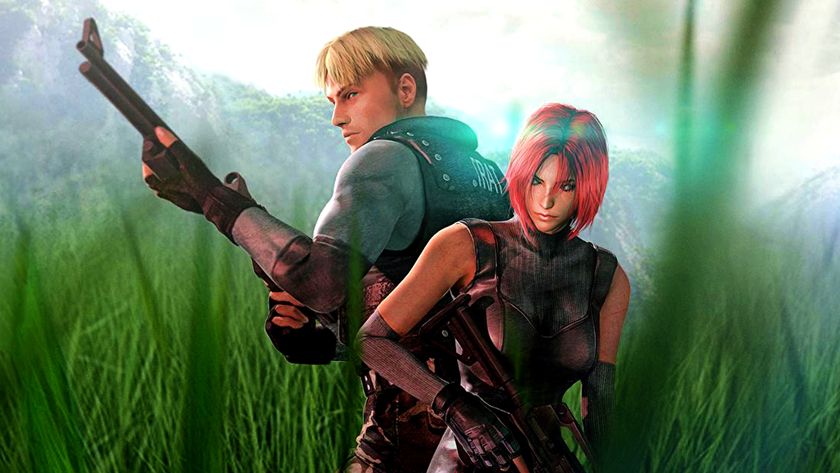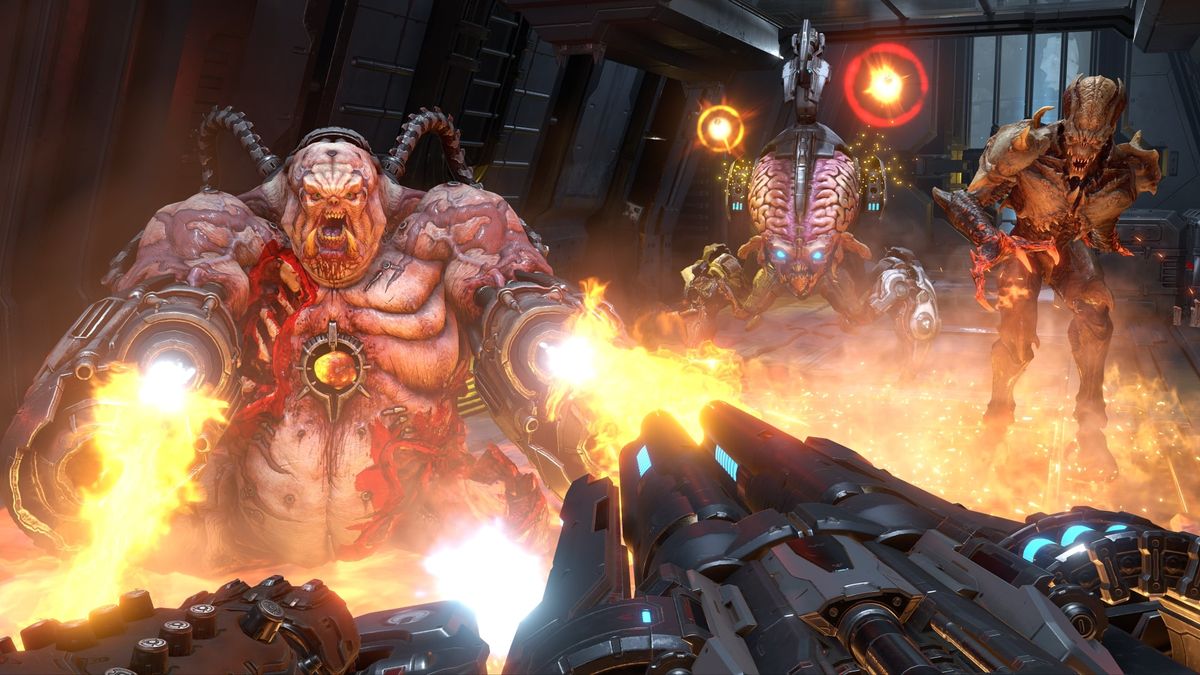
By developer id Software's own admission, there are just three simple rules that must be adhered to for any Doom game to function in all of its intended gory glory. First, you'll need to face off against an army of really badass demons. Secondly, it needs to give you the freedom to move really, really fast. Thirdly, and perhaps most importantly, it needs to let you wield big fucking guns. It has always been this way, and pray to Lord Satan that it always will be.

Looking for hands-on impressions of the new id Software shooter? Then you'll want to read our Doom Eternal preview.
Doom Eternal follows these rules to the letter. To the unassuming observer, it might even look like Eternal is little more than business as usual, although that assessment would do id Software a huge disservice. The studio has put together one hell of an impressive package here; Doom has always been an uncompromised celebration of video games, of the medium's inherent fun and its capacity to act as a shining beacon of pure entertainment. While the wider world may see Doom as a series defined by its violence, we instead see it for what it is: A creative endeavour that understands the rhythm and flow of the FPS genre perhaps better than any other. I don't know about you, but that's something that I have found great comfort in over the last 25 years.
The series' ritualistic approach to demon slaying is one of the few constants to be found in this industry. We always know where we stand with Doom: up to our knees in demonic viscera, waiting for the adrenaline surge to subside, having the time of our goddamn lives. It has been that way ever since Doom first plastered the foundations of the first-person shooter across a pixelated approximation of Hell, and it was also true of the studio's wild reinvention of the formula in 2016.
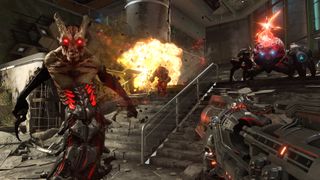
The question of how id would possibly take the series to the next level – how it would begin to iterate upon one of the purest action experiences to arrive in the last decade – has been ever present on my mind. As it should happen, it was a fairly simple question for the studio to answer. With Eternal, the storied studio wants you to rip and tear through just about everything that you come into contact with. "That's literally where it all starts for us," laughs game director Marty Stratton, who asserts that the next chapter of id's flagship shooter is once again centred wholeheartedly on "killing badass demons with big guns in unbelievable places."
The results of this thinking should be clear for all to see. Eternal has upped the ante in just about every respect, although that's largely because of the fantastic foundation it has had to build upon. The sequel has seen an overhaul of Doom’s core movement and traversal mechanics, a refinement of the control systems and stepped up the brutality to further emphasise the importance of the Glory Kills to combat flow – all of this in an effort to further fuel and distil what it is that makes Doom so irresistible.
Eternal is faster than any Doom game that has come before it. The guns are larger and more powerful, and the Doom Slayer has also found himself in command of a suite of new abilities to help establish him as the strongest hero id has ever created. To compensate for your newfound strength, id is pumping twice as many enemies into its expanded combat arenas for you to attempt to eviscerate. That teetering line between power and fragility was an important balance for the studio to strike. "A hero is only as strong as the enemy that they defeat and if you want to feel like a badass you've got to wreck some amazing bad guys along the way," says creative director Hugo Martin. "And Doom Eternal has some incredible enemies. We want you to feel unleashed, like nothing is holding you back. This is a pure, unfiltered, action FPS experience."
He isn't kidding, either. id has been able to put together something that feels so uncompromising by accomplishing something that is, frankly, a little ridiculous: it has made Doom (2016) look slow and ponderous by comparison. Yes, you read that right. And no, I can hardly believe it either. My stomach has only just about settled from the sense of inertia that the game so gleefully generates. Eternal, much like its predecessor, is a shooter with a flippant disregard for modern genre convention; the resulting experience is immediately intimidating, not to mention a little dizzying.
Sign up to the 12DOVE Newsletter
Weekly digests, tales from the communities you love, and more
Embracing aggression
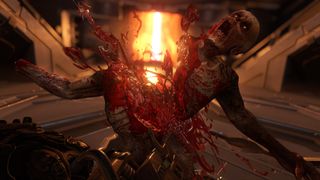
Martin insists that one of the biggest questions the team wrestled with when considering a sequel to 2016’s Doom was "How do we make the player more aggressive? All of our answers have to speak back to that philosophy." When id cites increasing player aggression as a production value, it isn't merely to mitigate the increase in enemy volume or the improved authority that AI has over its spaces. Instead, it's born out of a desire to keep players moving. The faster that you can close the gap between your position and that of an enemy, the faster tension and drama will naturally arise in play.
Eternal encourages the generation of this drama in several subtle ways. For starters, the Doom Slayer now comes equipped with a slew of new movement and traversal abilities designed to complement the standard eight-weapon loadout. Some of these additions are small and situational, such as the capacity to perform a monkey bar swing off of objects in the environment and the ability to contextually climb walls to help gain a new perspective on the arenas. Other additions are designed to be cycled into the natural flow of play, such as the returning double jump and the addition of an omnidirectional Dash manoeuvre that grants you a small burst of speed at a button press.
The dash is an interesting addition for a number of reasons. While Doom's action might feel totally unrestrained, if you were to peer behind the polygons you'll find that its design is actually full of it. The studio has been careful to ensure that every addition or change only serves to complement either the basic utility of weapons or to enhance your speed on the ground, all of this in an effort to get you utilising the space each of the multi-tiered combat arenas now grants you.

"Being able to close the distance between enemies faster will make you feel more aggressive. We are always encouraging the player to play more aggressively"
Hugo Martin, id Software
If there was ever any concern that the arrival of these new mechanics or systems might dilute the core appeal of Doom's unique rhythm, id is way ahead of you on that front. "[Eternal] will still feel like Doom, even after we have added in these new abilities," says Martin, assuredly. "Being able to close the distance between enemies faster will make you feel more aggressive… and we are always encouraging the player to play more aggressively. When that's the underlying theme of a new mechanic or ability, we know that it's going to work."
Were you to take an element such as the Dash, you'll find that there's more nuance to its use than the gameplay footage might initially suggest. While it does indeed provide excellent offensive and defensive opportunities – letting you swiftly dodge out of incoming attacks or rush within chainsaw range – it can't be used infinitely. Therein lies the minutiae; sure, you can dash twice in quick succession, but it will then need to regenerate – something that it will not do while you're in the air. Do you risk waiting on the ground for the dash to regen as enemies close in from all angles, or do you take to the air using traversal combos to reposition yourself and claim a moment of respite from the shower of bullets heading in your direction?
Eternal is full of these little decisions, and you'll need to make them based purely on reactions – in the split-second between ripping the eye out of a Cacodemon and pumping plasma rounds into Mancubus. Dash – much like the refined weapons, modifications and the new Predator-style shoulder mounted launcher – is merely another part of your arsenal, another mechanic designed to help you maintain an unruly amount of momentum to unlock the true power and potential of Doom's combat loop. "It all comes down to us trying to define the things that we felt were missing or are the next evolution of. That's where something like the dash comes in," Stratton tells us. "In this particular case, it's like… well, where has this been all my life? It's such a natural component of Doom's movement now."
The spirit of Nintendo
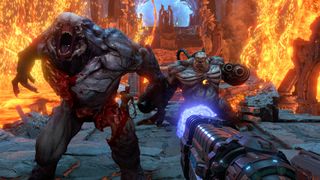
But why is any of this important? While you may believe that weapon handling and bullet ballistics are among the most important elements of any given Doom game, that isn't necessarily the case. We all know that id Software designs (unquestionably) the best shotguns in the business, but that isn't why its games are so excellent. Its games are so excellent because of its inimitable kinaesthetics; the momentum that you can generate in an instant, and the control granted over your weapons, even as you are operating at what feels like 200 miles-per-hour. Every system and mechanic at play in Eternal works to emphasise your locomotion, leveraging it to create scene after scene of monstrously chaotic action.
It's funny, because if you were to strip away the pentagrams, the violence and the guns, Eternal is oddly reminiscent of a Nintendo game. Mechanics are at the heart of the entire experience; every facet of Eternal is designed around getting out of the player's way and letting them experiment with the tools available, giving them the space and drive to discover how best to utilise them in a never-ending carnival of violence. That is, of course, classic Doom. It may often feel like the FPS genre has come far in the last 25 years, but the truth is that Eternal's closest touchstone – the comparison that makes the most sense – is that of Doom '93.
id has taken the personality, speed and devotion to defined mechanical excellence that was so prevalent in the original game and sought to modernise it. The results of this endeavour reveal themselves in ways that you might not expect going into it. That's part of what makes Eternal one of the most exciting prospects for 2019; on the surface, it may indeed look like business as usual, but it's clear that there's far more to its execution than meets the eye.
Check out our coverage hub for more interviews, previews, features and news straight out of E3 2019.

Josh West is the Editor-in-Chief of 12DOVE. He has over 15 years experience in online and print journalism, and holds a BA (Hons) in Journalism and Feature Writing. Prior to starting his current position, Josh has served as GR+'s Features Editor and Deputy Editor of games™ magazine, and has freelanced for numerous publications including 3D Artist, Edge magazine, iCreate, Metal Hammer, Play, Retro Gamer, and SFX. Additionally, he has appeared on the BBC and ITV to provide expert comment, written for Scholastic books, edited a book for Hachette, and worked as the Assistant Producer of the Future Games Show. In his spare time, Josh likes to play bass guitar and video games. Years ago, he was in a few movies and TV shows that you've definitely seen but will never be able to spot him in.
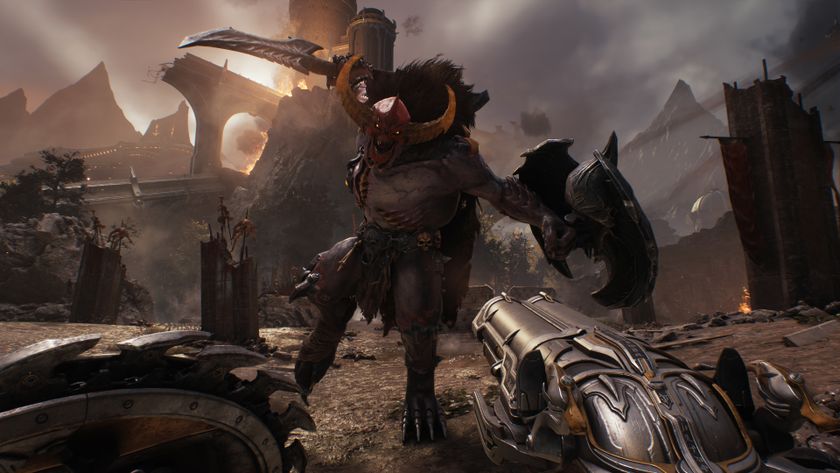
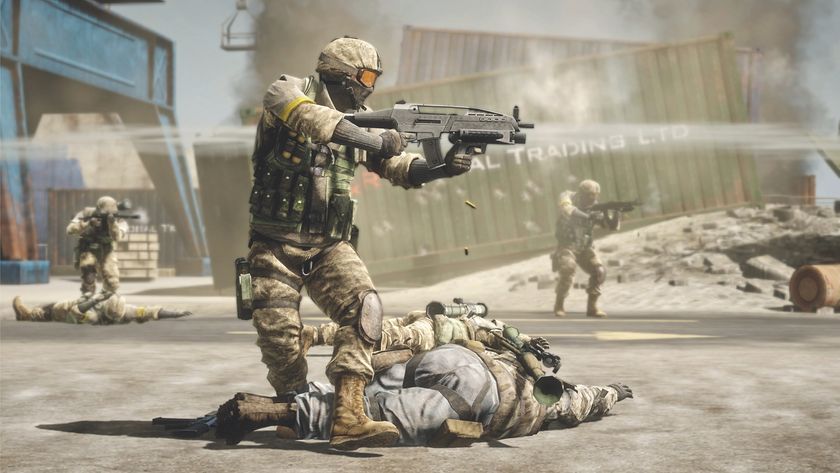
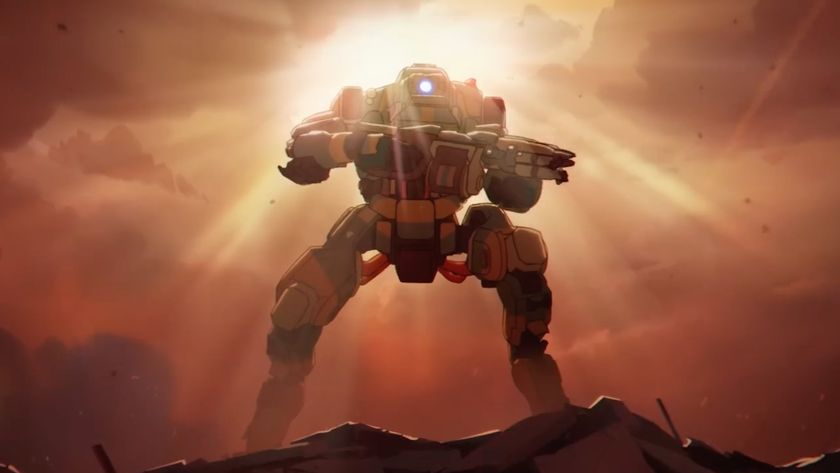
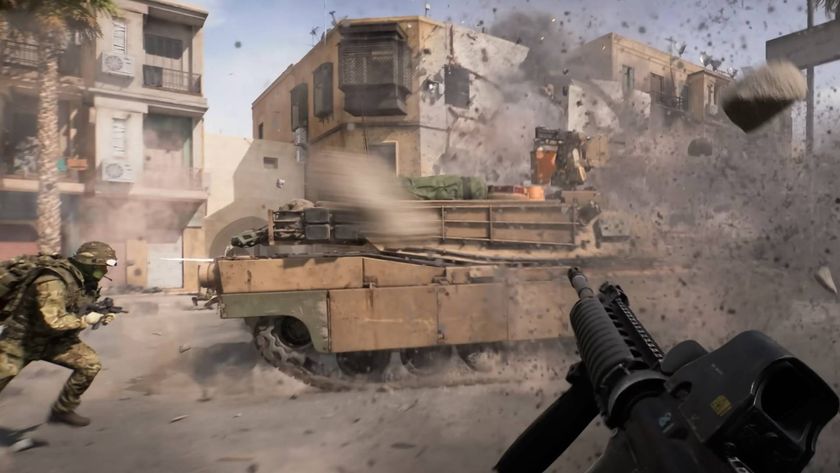
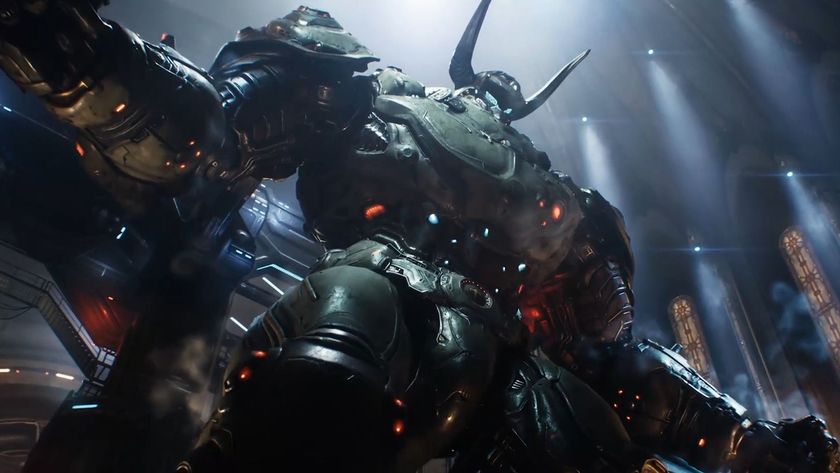








Doom director claims The Dark Ages can be beaten without using a gun, but "the game's not necessarily built to do that"

Battlefield dev reveals more of his Bad Company 3 script and confirms the plot would revolve around the squad getting kicked out of the military and brought back for a final suicide mission
